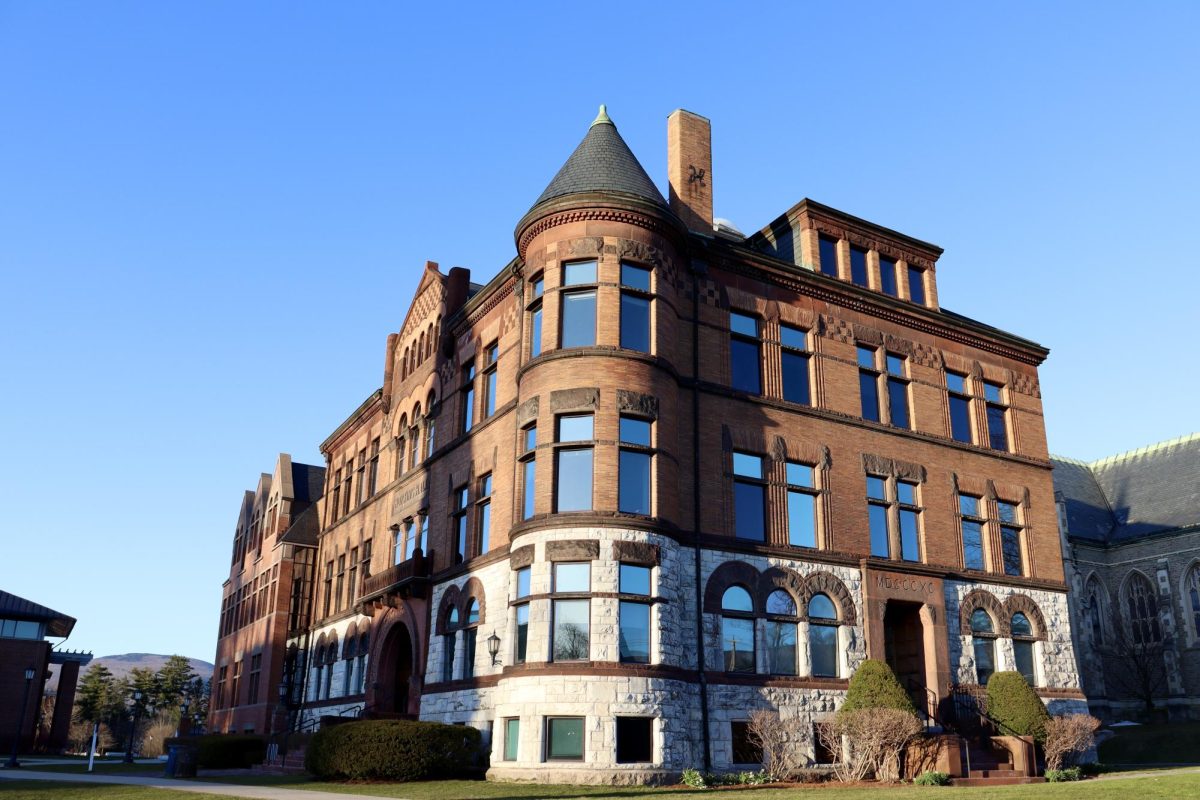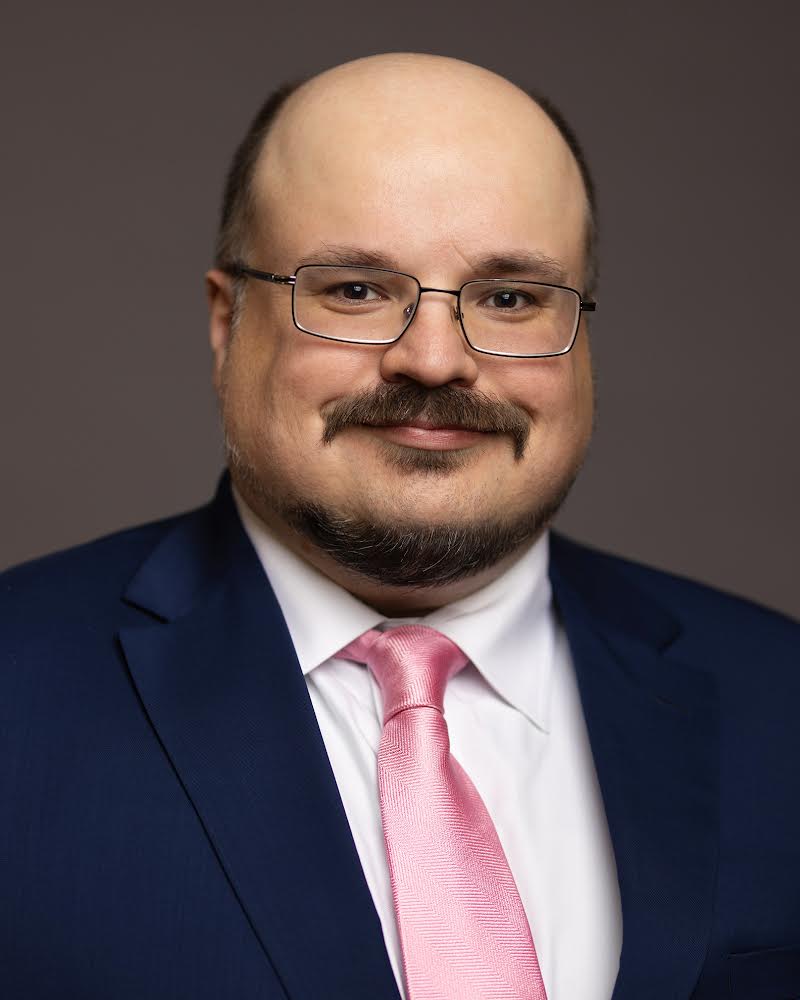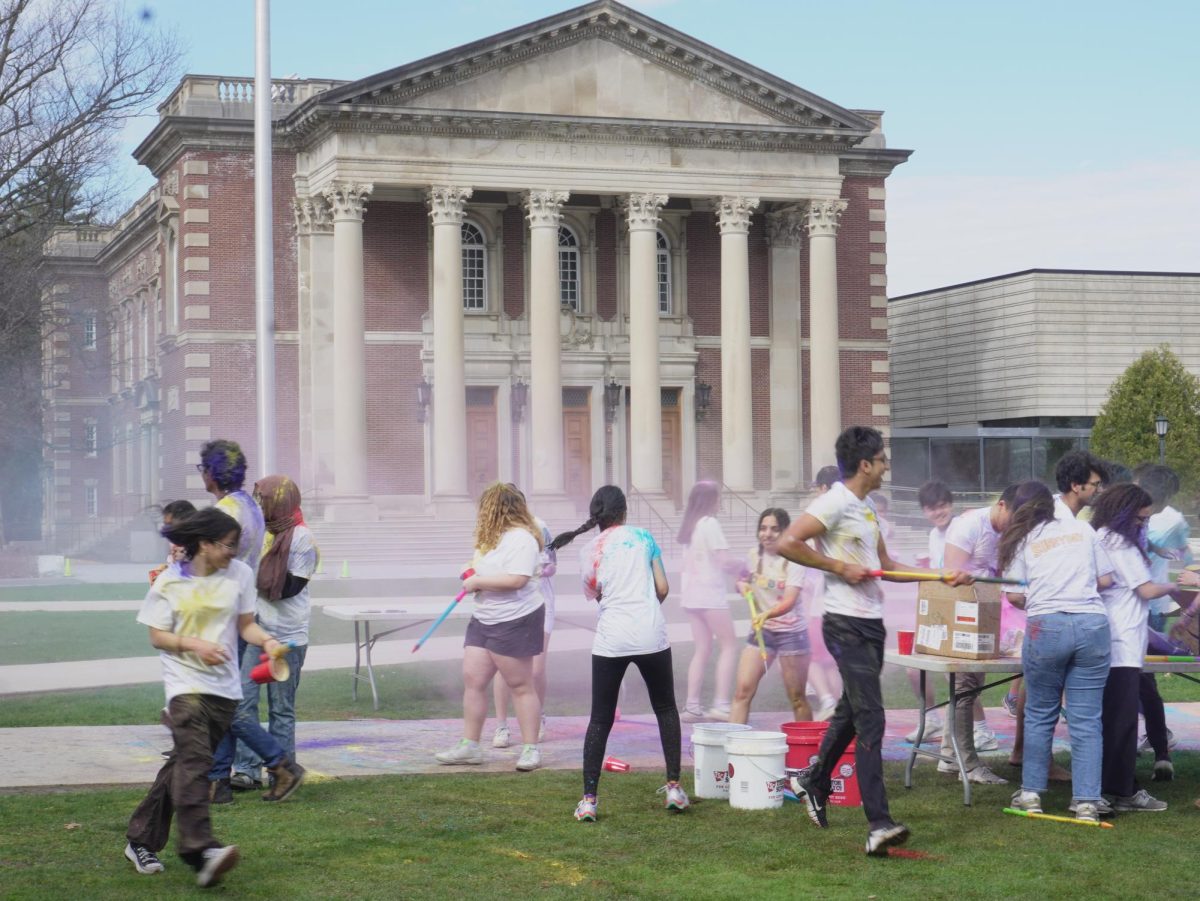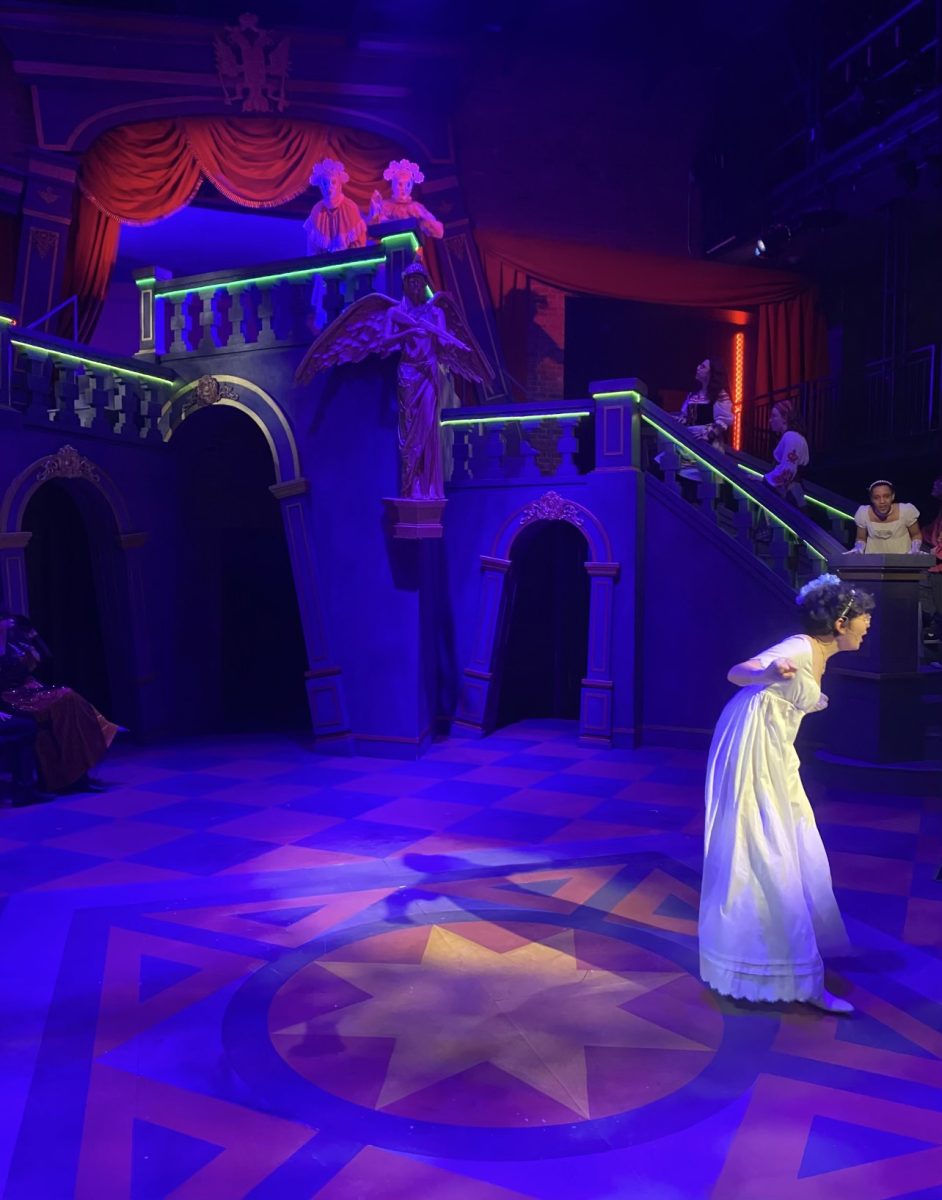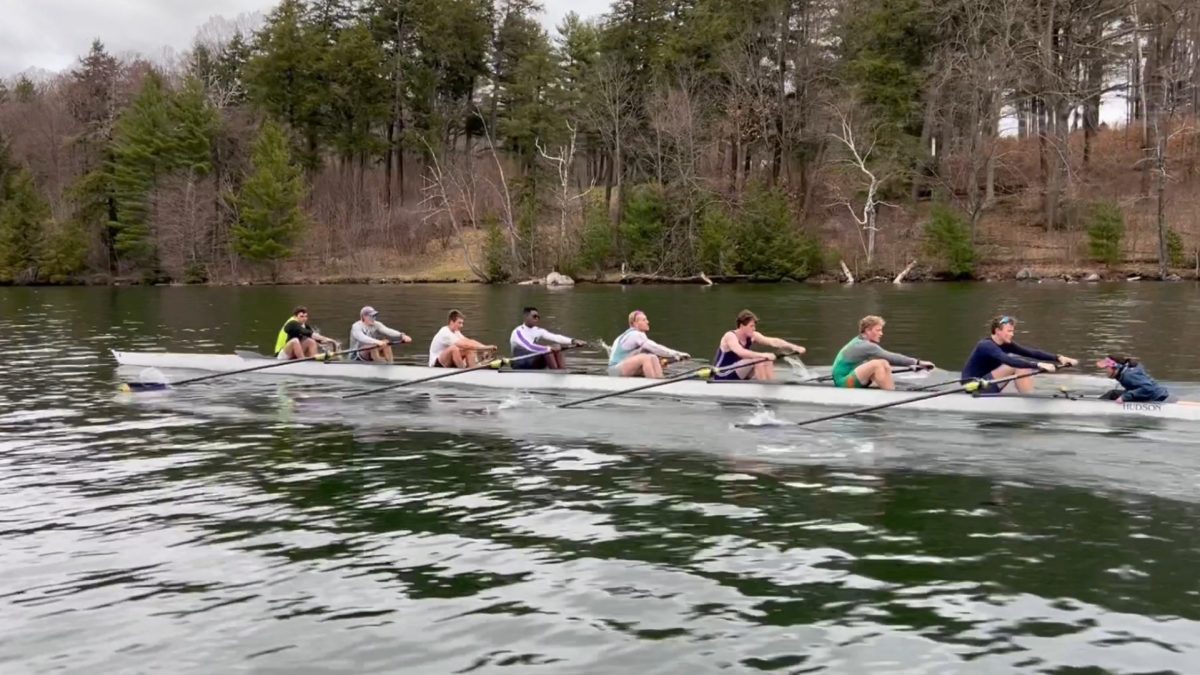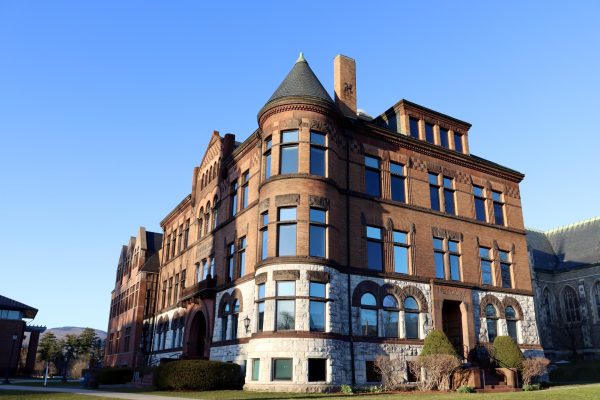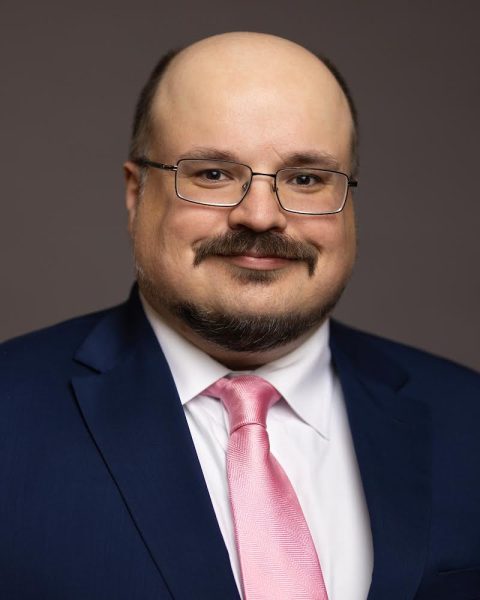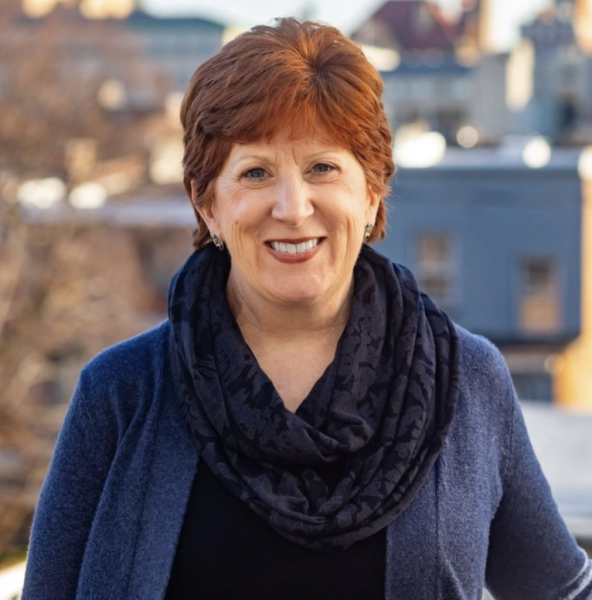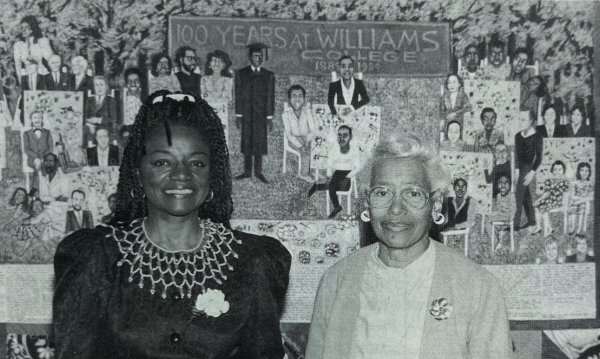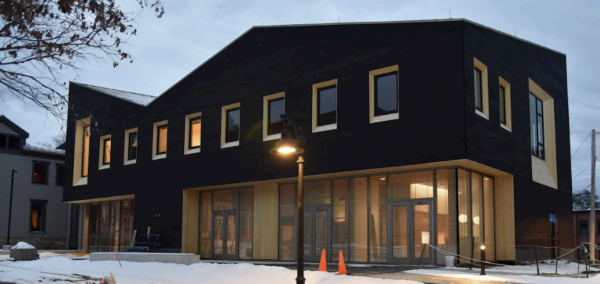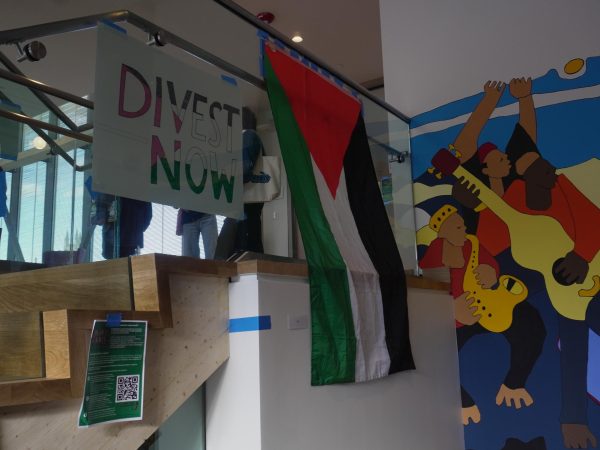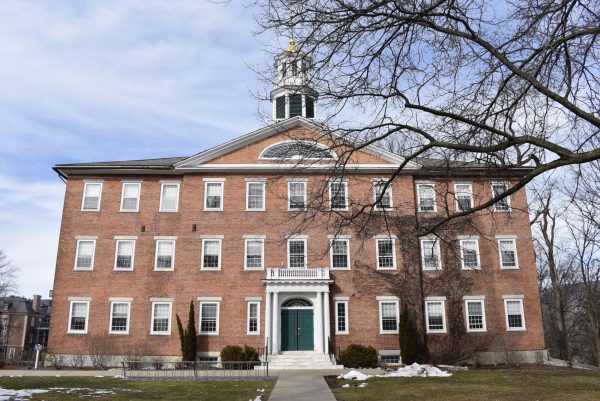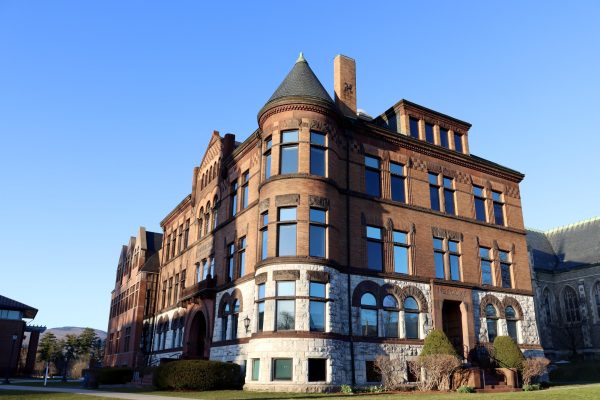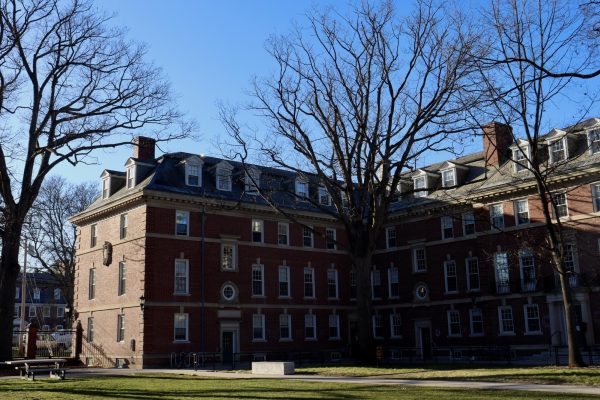‘This is our homeland’: Stockbridge-Munsee Historic Preservation Office establishes itself in Williamstown
February 5, 2021
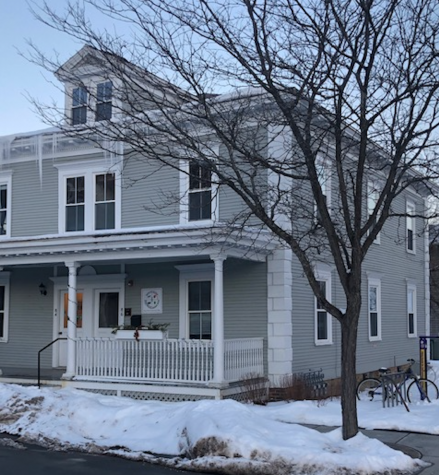
The Stockbridge-Munsee Mohican Tribal Historic Preservation Extension Office, which relocated to Williamstown from Troy, N.Y., in October, has begun work on the preservation and protection of Stockbridge-Munsee history.
The Historic Preservation Office repatriates remains of ancestors and items of cultural significance to the Stockbridge-Munsee Community of the Mohican Nation and protects cultural sites and burial places by consulting on behalf of the tribe in cases of federal involvement on tribal lands.
Historically, the territory of the Mohican Nation extended into New York, New Jersey, Pennsylvania, Vermont, Connecticut, and Massachusetts. The Stockbridge-Munsee Community of the Mohican Nation originally inhabited land around the Hudson River Valley in New York, but colonial settlers seized the land and forced the tribe to migrate west. Today, the Stockbridge-Munsee Reservation is located in Bowler, Wis.
Ephraim Williams Sr., father of College founder Ephraim Williams Jr., played a direct role in the forced displacement of the Stockbridge-Munsee Community. Williams acquired much of the tribe’s native land in present-day Williamstown through “theft, rigged town votes, and manipulations of law,” according to Craig Steven Wilder, a historian at M.I.T. and the author of Ebony & Ivy: Race, Slavery, and the Troubled History of America’s Universities.
Historic Preservation Manager Bonney Hartley, a member of the Stockbridge-Munsee Community, is one of two full-time staff members at the Williamstown office. Hartley’s work focuses on repatriation, the process by which the tribe recovers ancestors’ remains and culturally significant items from museums and other institutions.
“When the ancestors have been held for many years in the collection of different museums… I work to do the background research on where they came from and make the claim so that we can successfully repatriate them for reburial,” Hartley said.
The Historic Preservation Office repatriates many ancestors and cultural objects through the use of inventories that museums and federal agencies are required to maintain under the Native American Graves Protection and Repatriation Act (NAGPRA).
Some objects of tribal significance are privately held by local institutions or individuals, which can make the items more difficult to recover, according to Hartley. In such cases, the Historic Preservation Office must sometimes rely on the hope that those institutions or individuals will contact the appropriate tribal nation in order to repatriate the artifact.
“We’re hoping that people reach out to the right, tribal nation … and know who the community is,” Hartley said. “Even though we’ve been displaced, this is our homeland.”
Section 106 of the National Historic Preservation Act mandates consultation from the native tribe when federal agencies use its land so that a tribe may protect its historic property from unnecessary harm. Whenever a federal agency acts on Stockbridge-Munsee territory, the Historic Preservation Office consults with the agency to represent the interests of the tribe.
“If there was a new building proposed on [Williams’] campus and it triggers the Army Corps of Engineers, a federal agency, to get involved … we would act as the government representatives of our tribe in that consultation,” Hartley said. The Historic Preservation Office would review the project and provide comments to the relevant federal agency, although the law does not require the agency to adhere to the tribe’s recommendations.
Hartley leads the office alongside Tribal Historic Preservation Officer Nathan Allison, who specializes in archaeology and historic site preservation. Hartley and Allison also host interns who contribute to the work of the Historic Preservation Office. Two undergraduates at the College interned at the Historic Preservation Office in January, and the office plans to hire more interns in the future.
During her internship at the office in January, Trudy Fadding ’23 assisted in the repatriation of an 18th-century wooden Mohican ladle. She also created educational content about Stockbridge-Munsee history, including two panels for an upcoming museum exhibit at the Mission House — a museum in the home of the first missionary to the Mohicans — located in Stockbridge, Mass.
Fadding reflected on her internship experience in an email to the Record. “One takeaway was how important preserving and sharing Mohican history is, and especially how important it is that the Stockbridge-Munsee Community can represent themselves while doing this,” she wrote. “There is so much history in this area that is erased because it’s not taught thoroughly in schools, and it’s not put at the forefront of the museums, outdoor spaces, and town governments.”
“I really hope we as a college can learn more about how Ephraim Williams [Sr.] and his son really were directly involved with taking lands away from the ancestors of the Stockbridge-Munsee People,” Fadding continued. “I didn’t learn the details of it until this internship and I don’t think I even know half of it.”
Hartley and Allison are the only two employees of the Stockbridge-Munsee Community who currently reside on ancestral Mohican land. The other members of the tribe’s official departments live on the Stockbridge-Munsee Reservation in Wisconsin.
The office’s relocation to Williamstown felt particularly important to members of the tribe due to the “instrumental” role of the Williams family in the expulsion of Stockbridge-Munsee people from their homelands, said Director of Cultural Affairs and member of the Stockbridge-Munsee Community Heather Bruegl.
“Being back in Williamstown on the campus of Williams College is very significant because it’s like we’re back in our homelands,” Bruegl said.
In addition to the significance of the Berkshires as the Stockbridge-Munsee Community’s ancestral land, prospects of a relationship with the College, particularly the academic opportunities it offers, also drew the Historic Preservation Office to Williamstown.
“We’re really hoping to benefit from the relevant programs at Williams, like archaeology and history, American studies, and art history,” Hartley said. (While the College doesn’t have an archaeology department, the anthropology department offers several courses in archaeology.)
Fadding also foresees a collaborative relationship between the College and the Historic Preservation Office, as she looks forward to increased student involvement in the office’s work. “I think a lot of student groups will want to reach out to the office as well to learn about ways they can support the Historic Preservation Office and learn more about their work,” Fadding wrote.
Student immersion in Stockbridge-Munsee cultural affairs was an important factor for Bruegl in the Historic Preservation Office’s move to Williamstown. “Having interns filter through our historic preservation program, thus kind of filtering through our cultural affairs department as a whole, they get a real rounded education of who suffered because of colonization and [an] education… about who the Stockbridge-Munsee people are and what our history is,” Bruegl said.
“That’s our main goal: to make sure that people know who we are, what the work is that we do, and why it’s still so important to make sure we have that presence out east.”
Correction: This article was updated at 10:30 on February 21, 2021 to define which man named Ephraim Williams was implicated in the forced migration of the Stockbridge-Munsee Community. The Ephraim Williams involved was Ephraim Williams Sr., rather than his son, the College’s founder Ephraim Williams Jr. We regret the error.


